The Problem: Insufficient Healthcare in BurmaWhat do you do if you're sick in Burma? Due to government misrule and ethnic conflict, qualified health professionals have left the country. There is a shortage of trained physicians, nurses, midwives, and community health workers. Hospital facilities are run down, have unreliable electricity, and lack adequate medicine and equipment. Also, people living in armed conflict and remote areas have no reasonable access to health care within a few days’ walk. Many rural and urban areas lack clean water and proper sanitation. Patients must pay for medicine, food, blankets, and bribes to medical personnel. Solution: Back Pack Health Worker TeamsThe Back Pack Health Worker Team (BPHWT) was established in 1998 to equip people with the skills necessary to manage their own healthcare problems. They are also working toward the long-term sustainable development of a primary healthcare infrastructure in Burma. The goal of the BPHWT is to reduce mortality and disability by empowering the community through primary healthcare. The BPHWT operates three major programs:
They provide health services in the areas pictured in the map below. 2015 Results: 100 teamsIn 2015, the BPHWT continued to provide healthcare in 20 field areas, with 100 teams assigned to a target population of over 213,000 people. There are currently 1,321 health workers living and working in the BPHWT target areas inside Burma. These health workers include medics, trained birth attendants, and village health volunteers. The almost daily fighting in Arakan, Kachin, and Shan States presents safety and health concerns for the BPHWT. The Back Pack teams in these conflict areas are especially active in addressing the additional health situations resulting from the ongoing internal displacements of people and fighting. Testimonial from the Field: Gaining TrustOne day, I encountered a man who had body edema in the Dooplaya BPHWT Field Area. This patient had diabetes. Initially, he looked down on our health workers and did not want to get the treatment from us. Instead, he went to get treatment at the government hospital; but did not get better. He then returned back to the village for treatment by Back Pack health workers. His body edema was a chronic disease from which he had suffered for over seven years. The patient was treated by the Dooplaya Back Pack health workers and became better. Consequently, our health workers gained the trust from both the patient and his family members. This story is in honor of our Back Pack health workers in the Dooplaya Field Area. Back Pack Health Worker Dooplaya BPHWT Field Area 2016 Plans: Upgrade Stationary Back Pack TeamsThe security situation in some BPHWT target areas has somewhat improved. In 2013 the BPHWT began to establish stationary Back Pack teams in these more stable areas. Presently, there are 37 stationary Back Pack teams. These health workers still travel around the villages and provide health services, but now they can use a particular village as their base to store medicine and supplies. This year the BPHWT plans to upgrade these stationary Back Pack teams. Each of these teams aims to have five health workers who will work with birth attendants and village health workers. Supporting Two TeamsThis year Transparent Fish Fund plans to support two teams of Kachin backpack medic training. Each team will have 10 personnel associated with them who are of Kachin ethnicity.
Join UsWe welcome your support to help the Burmese people get the healthcare and training they need. Due Diligence Field VisitIn March 2016, TFish volunteer Reverend Thang visited the medic training camp with Mike, the leader of Burma Humanitarian Mission. Reverend Thang is a local from the Chin state, which is a closed state because of war. His on-the-ground perspective and ability to speak both Chin and Burmese make him an ideal representative to help us learn more about the program. Reverend Thang wants to involve his own church congregation as well, hoping to raise 2 teams to help train the backpack teams. During his visit, Reverend Thang and Mike met with a leader of the medic team named Snow and a leader of the backpack team named Saw Win Kyaw. Grant Report 2016Discover the impact these 2 Kachin teams are having on the field and the many lives they are saving. About our Field Partner: Burma Humanitarian MissionBurma Humanitarian Mission (BHM), a U.S. 501(c)3 non-profit organization, advocates for a democratic Burma where equality and the rights of the Burmese are protected. They aim to improve the lives of those living in the conflict zones of Burma, such as the Karen State, by providing health care services in the form of backpack medics and supporting community-based education and medical projects. Today, BHM serves the medical needs of over 50,000 villagers and supports education efforts that touch over 500,000 lives annually.
Comments are closed.
|
TFISH FUND BLOGWe update news and reports directly from the field written by our NGO partners daily. Top PostsPHOTOS & VIDEOSIN THE NEWSCategories
All
Archives
August 2017
|
|
© Copyright 2011. All rights reserved.
171 Main St. #658 , Los Altos, CA 94022 | [email protected] | 501(c)(3) Tax ID: 45-2885139 |





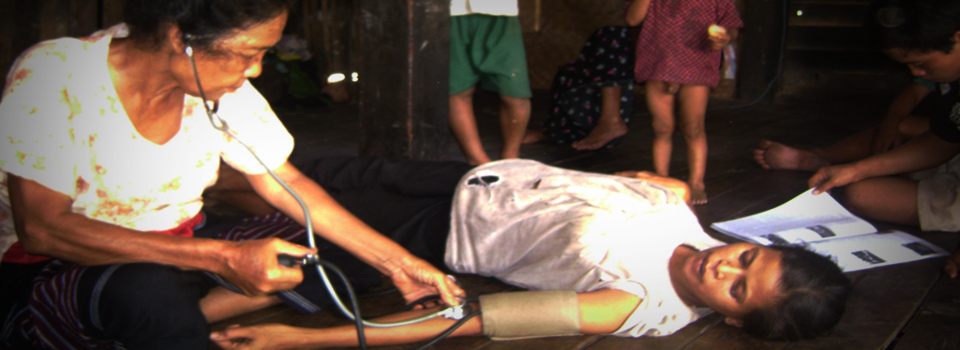
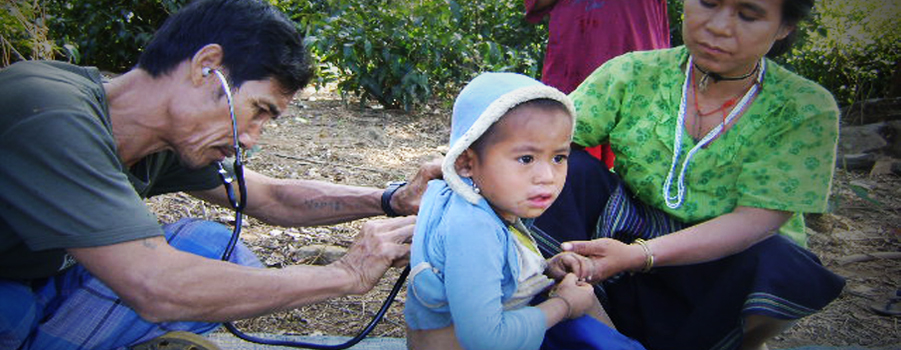
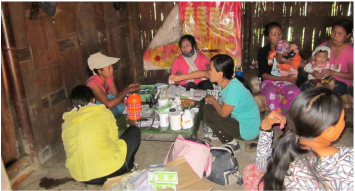
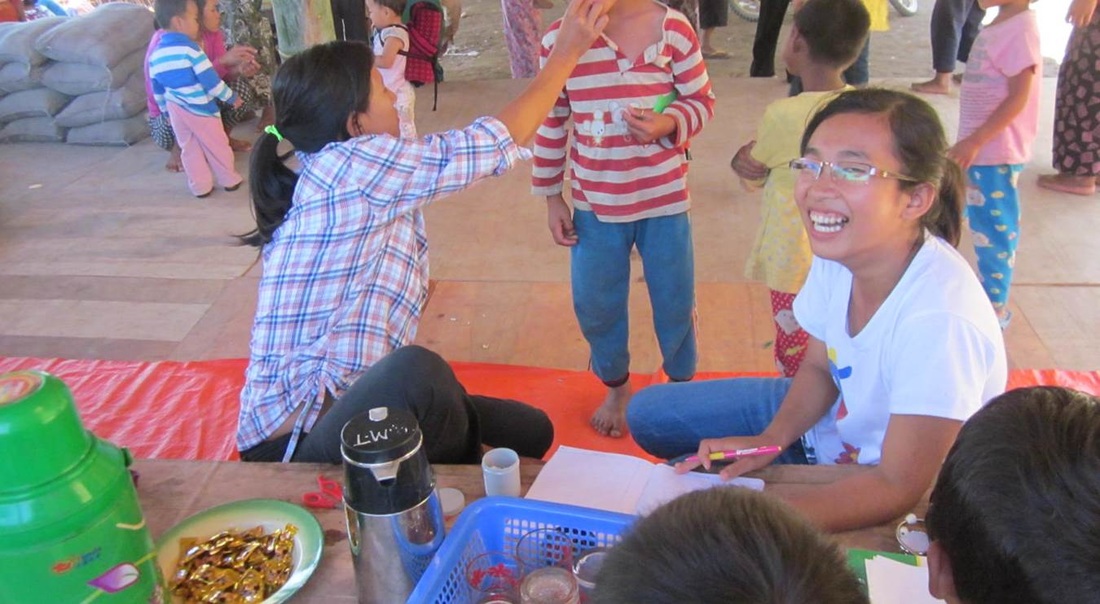

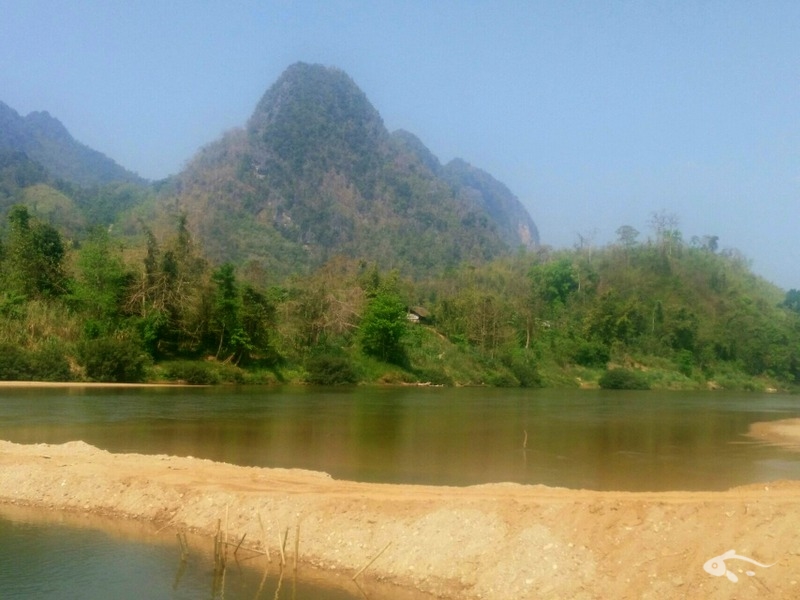


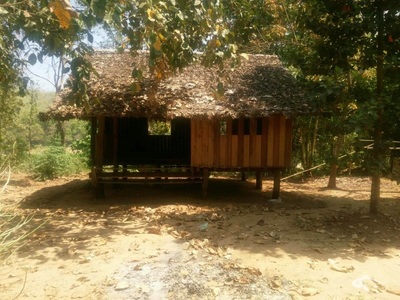
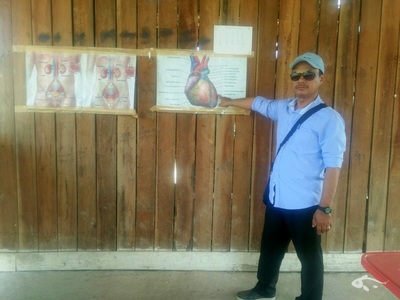


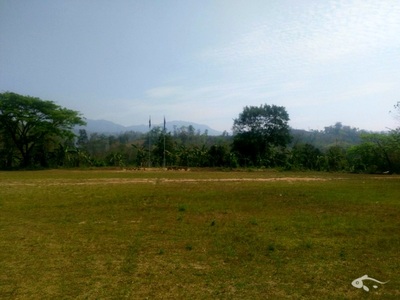


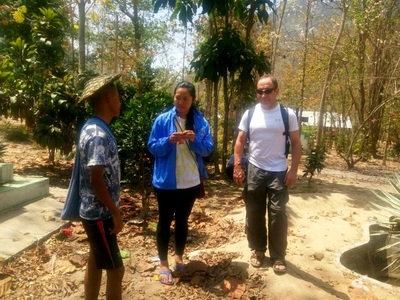
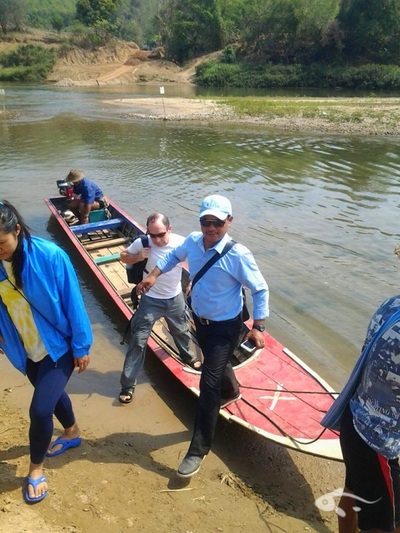
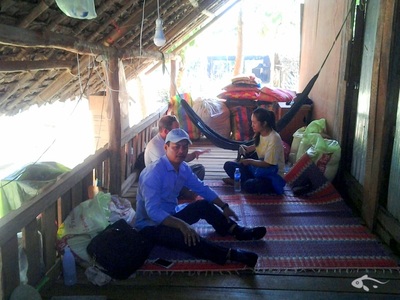
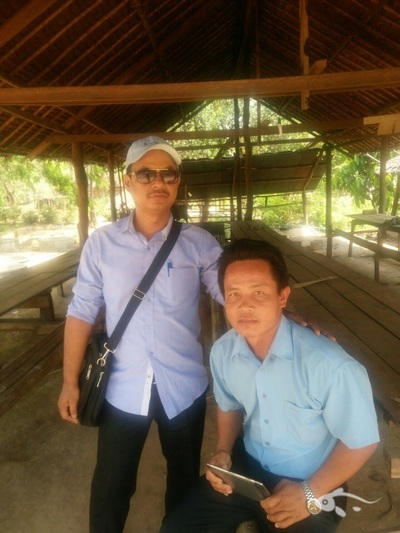
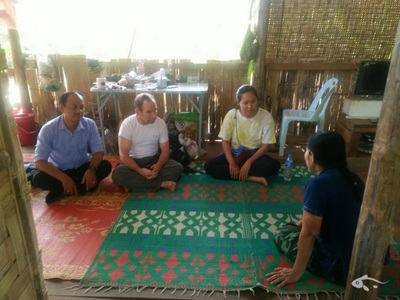


 RSS Feed
RSS Feed